Are you fascinated by the idea of flying a plane through rugged terrain and landing on unprepared surfaces? If so, you might be interested in bush flying, a form of aviation that involves operations in remote locations with limited infrastructure.
Bush flying is essential in many countries, especially in Alaska, Canada, and Australia, where vast wilderness areas exist. People need to travel and access essential services and transport supplies.
In this article, we will provide an essential guide to bush flying, including bush planes, bush pilots, features and capabilities, and the role of bush flying in remote location operations.
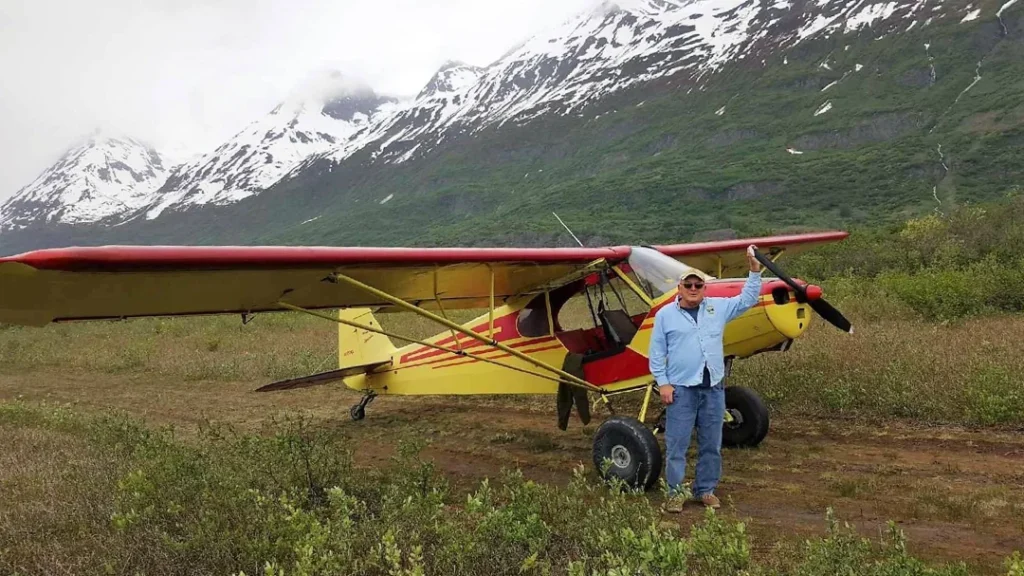
What is Bush Flying?
Bush flying is a form of aviation that involves landing aircraft in remote wilderness regions, where landing strips and runways are often absent.
This form of flying is also known as backcountry flying, off-airport operations, or simply “bush flying.” It is a necessary form of flying in many countries, especially Alaska, Canada, and Australia, where vast wilderness areas exist. People need to travel, access essential services, and transport supplies.
Bush planes are crucial in providing transportation services in remote areas where commercial aircraft cannot reach.
While commercial aircraft are designed for long-range flights and airport landings, bush planes are built to operate in rough terrain and land on unprepared surfaces. However, bush planes are not limited to remote wilderness regions only.
They are also used in commercial operations, such as carrying cargo and conducting aerial surveys. In fact, some commercial airlines have developed their own lines of these planes to expand their offerings and cater to customers’ needs in remote areas.
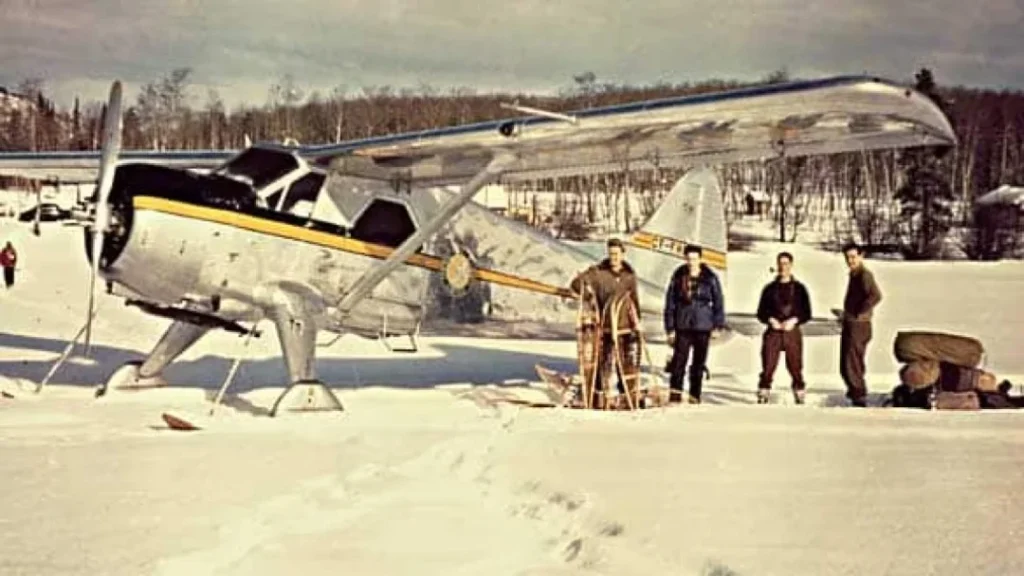
A Brief History of Bush Flying
Bush flying had its roots in World War II when aircraft were used to reach remote battlefields. The rugged construction and abnormally large aircraft tires allowed them to land on gravel bars, flat tundra benches, and other unprepared surfaces. After the war, these aircraft became popular for bush flying, and their design evolved to meet the needs of remote location operations.
Bush Planes
Bush planes are a vital tool in bush flying. They are specially designed to operate in rugged terrain and carry supplies, passengers, and essential services.
Bush Planes: Features and Capabilities
Bush planes are designed to operate in remote locations with limited infrastructure. They have several features that make them ideal for bush flying, including:
Landing Gear
Bush planes have landing gear that can handle rough terrain. They are equipped with large wheels, tundra tires, skis, or floats, depending on their operating terrain.
Short Takeoff and Landing (STOL)
Bush planes have a short takeoff and landing capability, allowing them to operate on short runways or unprepared surfaces.
Rugged Construction
Bush planes are built to withstand the rigors of bush flying. They have reinforced fuselages and wings, making them more resistant to damage from rough terrain.
Carrying Capacity
Bush planes can carry passengers, cargo, or both. They have a limited carrying capacity, depending on the aircraft’s size and weight, but they can transport essential supplies to remote areas.
Cruising Speed
Bush planes have a cruising speed that varies depending on the aircraft’s design and intended use. Some aircraft are designed for speed, while others are designed for maneuverability.
Now that you know the history of Bush Pilots, before we go any farther, if you wanna see a day in the life of a Bush Pilot, check out the video below:
The Evolution of Bush Planes: From Basic to High-Tech
Bush planes have come a long way from the early days of simple designs and manual controls. Today’s modern bush planes incorporate advanced avionics systems and powerful, fuel-efficient engines, allowing them to operate more efficiently and effectively in remote regions. In this article, we will explore the evolution of bush planes, from their basic origins to their high-tech capabilities.
Early Models: Simple Designs and Manual Controls
Early bush planes were typically small, lightweight aircraft with simple designs and manual controls. These planes were primarily used for transportation and hauling cargo to remote locations with limited infrastructure.
Modern Bush Planes: Advanced Avionics and Powerful Engines
Modern bush planes incorporate advanced avionics systems that enable pilots to navigate challenging weather conditions more easily.
In addition, newer models feature more powerful and fuel-efficient engines, allowing them to remain airborne for extended periods while carrying heavier payloads without frequent refueling stops or speed compromises.
Boosting the Overall Performance of Bush Planes
These advancements have boosted the overall performance of bush planes, making them even more critical for serving communities residing in remote areas worldwide. They have become an essential mode of transportation and a lifeline for people living off-the-grid or those working round-the-clock rescue operations in wilderness scenarios around the globe.
The Future of Bush Planes: Improving Safety Standards and Reducing Carbon Emissions
From navigation systems to engine efficiency innovations and soon-to-be-realized flying electric batteries prototype projects, we will witness further evolution to improve safety standards and reduce carbon emissions.
The future looks bright for these versatile machines, delivering essential services safely, weeding out human error factors while deploying time-critical help whenever needed, thus saving thousands quickly during emergencies caused by natural disasters, amongst several other examples.
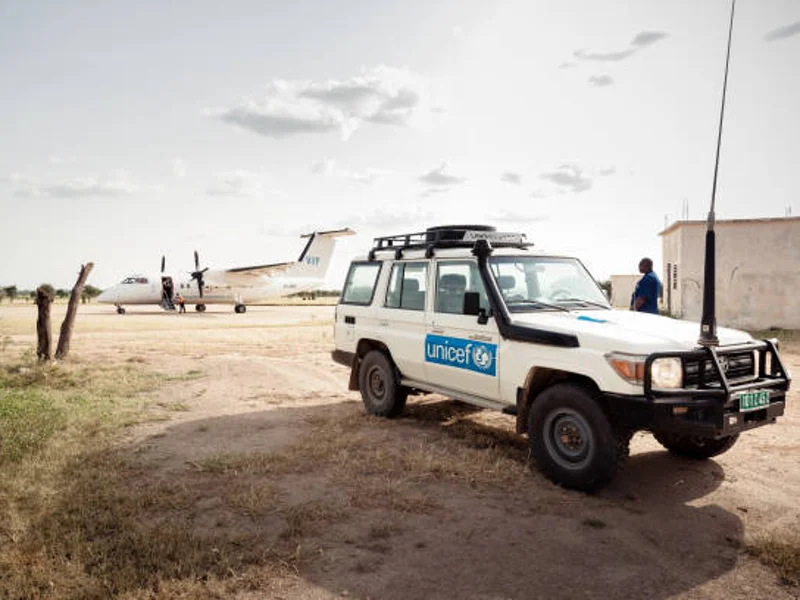
Bush Planes: Vital Contributors to Augmenting Economic Growth and Accessibility to Critical Goods
Bush planes deserve recognition as vital contributors towards augmenting economic growth and accessibility to critical goods beyond geographical barriers, thereby providing a better quality of life for communities in remote regions.
Best Bush Planes for Remote Location Operations
When selecting the best bush planes for remote location operations, several factors must be considered.
Because bush flying includes operations in areas with limited infrastructure, the most critical factors include maximum takeoff weight, carrying capacity, range, and cruising speed. Some of the best bush planes for remote location operations include:
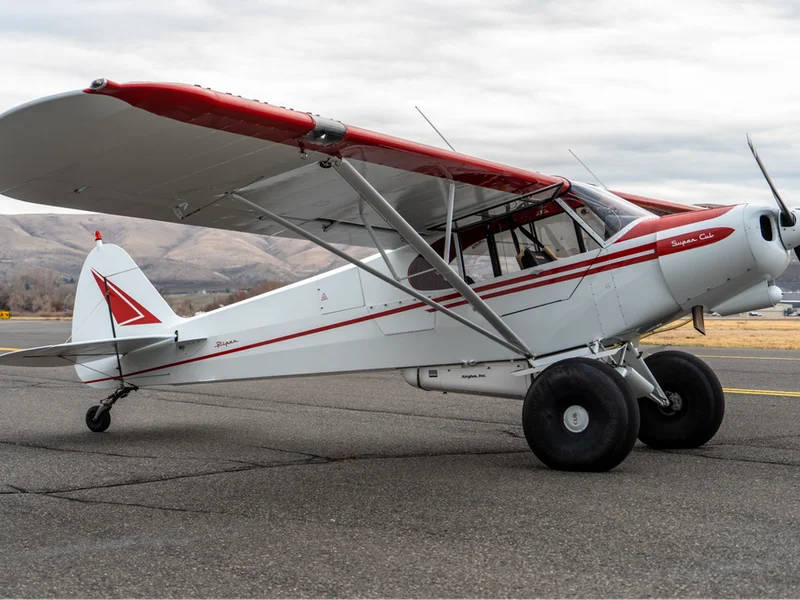
Super Cub
The Super Cub is one of Alaskan bush pilots’ most popular bush planes. It has a maximum takeoff weight of 1750 lbs and can carry one pilot and one passenger. It has a range of 450 miles and a cruising speed of 100 mph.
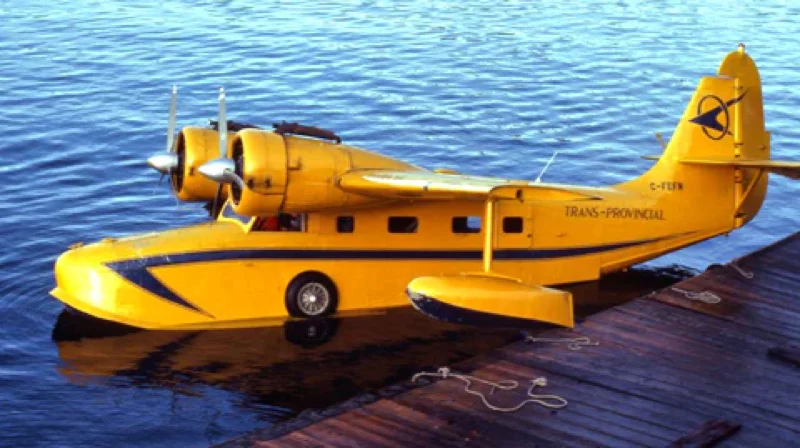
Grumman Goose
The Grumman Goose is a larger bush plane carrying up to six passengers or cargo. It has a maximum takeoff weight of 7550 lbs and a range of 700 miles. The Grumman Goose has a cruising speed of 150 mph and can land on water or land. Unfortunately, these are incredibly hard to come by these days.

Cessna 180
The Cessna 180 is a versatile bush plane that can be modified for various remote location operations. It has a maximum takeoff weight of 3400 lbs and can carry up to three passengers or cargo. The Cessna has a range of 1000 miles and a cruising speed of 150 mph.
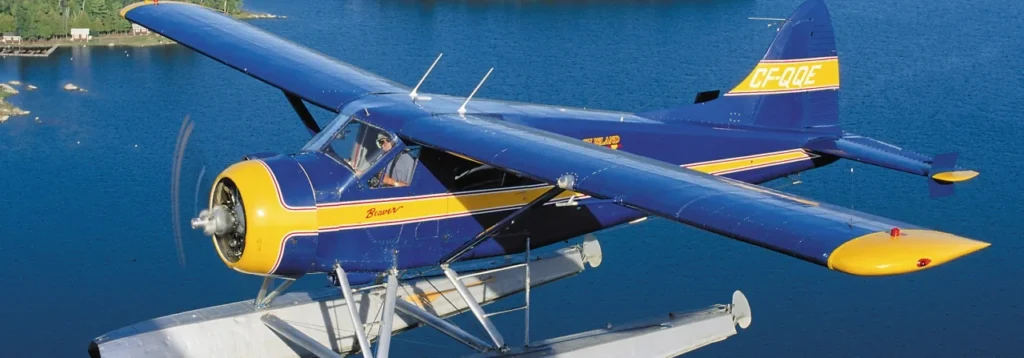
DeHavilland Beaver
The DeHavilland Beaver is a famous bush plane that can carry up to six passengers or cargo. It has a maximum takeoff weight of 5300 lbs and a range of 300 miles. The DeHavilland Beaver has a cruising speed of 130 mph and can land on water or land.
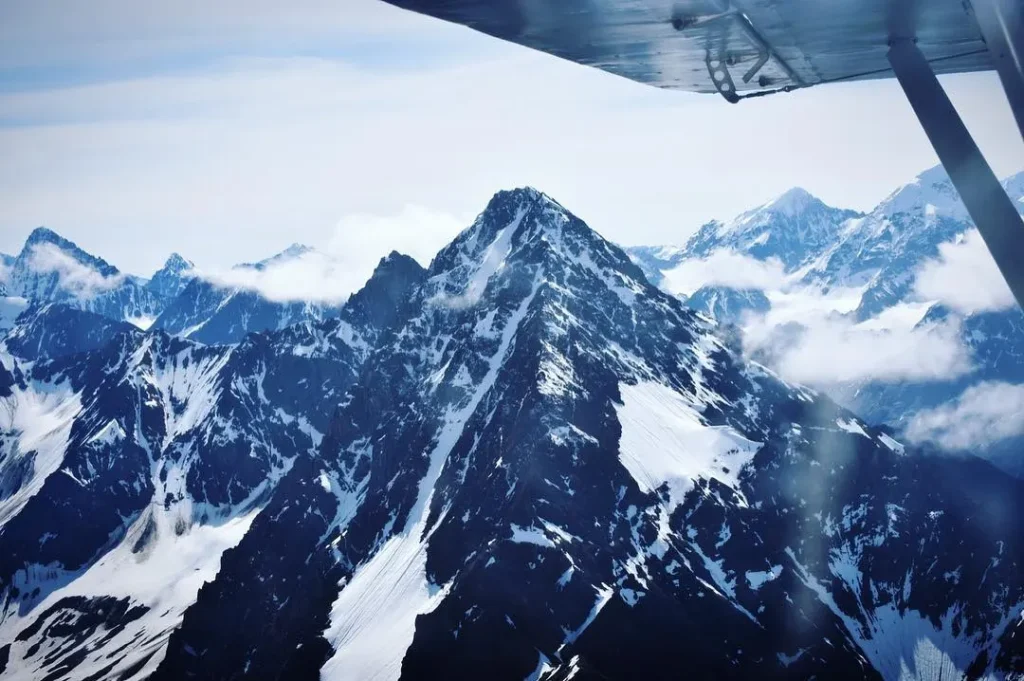
Bush Flying in Alaska
Alaska is one of the most popular destinations for bush flying. The state has vast wilderness areas, and many people rely on bush planes to access essential services, transport supplies, and travel to remote locations. The most common aircraft used in Alaskan bush flying are the Super Cub, Grumman Goose, and Cessna.
Bush pilots in Alaska must have extensive training and experience in bush flying. They must be able to handle extreme weather conditions, navigate through rough terrain, and provide essential services to remote communities.
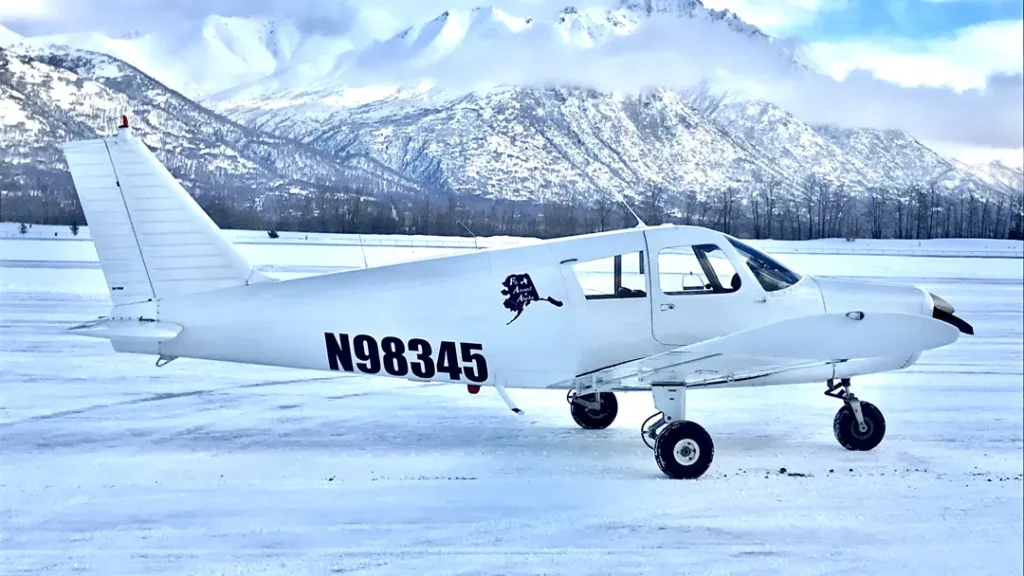
The Role of Bush Flying in Remote Location Operations
Bush flying is vital in many countries, especially those with vast wilderness areas. It provides essential services, such as transporting supplies, carrying passengers, and conducting rescue operations. With bush flying, many people in remote areas would have access to these services, making life in these regions much more challenging.
Conclusion
Bush flying is an essential form of aviation that involves landing aircraft in remote wilderness regions with limited infrastructure. Bush planes are specially designed to operate in rugged terrain and carry supplies, passengers, and essential services.
Bush pilots play a critical role in bush flying, providing essential services such as transporting supplies, carrying passengers, and conducting rescue operations. In many countries, especially in Alaska, bush flying is an essential form of transportation and plays a vital role in remote location operations.
FAQs
Bush flying refers to aircraft operations in remote locations, where landing strips and runways are non-existent, or there is extremely rough terrain.
Bush planes are specially designed aircraft that can operate in remote locations with limited infrastructure. They have landing gear, short takeoff and landing capability, rugged construction, and carrying capacity.
Bush pilots play a critical role in bush flying, providing essential services such as transporting supplies, carrying passengers, and conducting rescue operations.
Some popular bush planes include the Super Cub, Grumman Goose, and Cessna.
Bush flying is essential in many countries, especially those with vast wilderness areas. It provides essential services, such as transporting supplies, carrying passengers, and conducting rescue operations, that would only be possible with it.
Ready to Experience the Thrill and Adventure of Bush Flying?
Contact Fly Around Alaska Flight School today to learn more about our bush pilot training programs and start your journey toward becoming a skilled bush pilot. With our experienced instructors and state-of-the-art equipment, we’ll help you develop the skills and knowledge needed to fly in remote locations safely and confidently.
Don’t wait any longer; take the first step towards an exciting career in bush flying today! Fill out the form below to speak to one of our experienced instructors today.